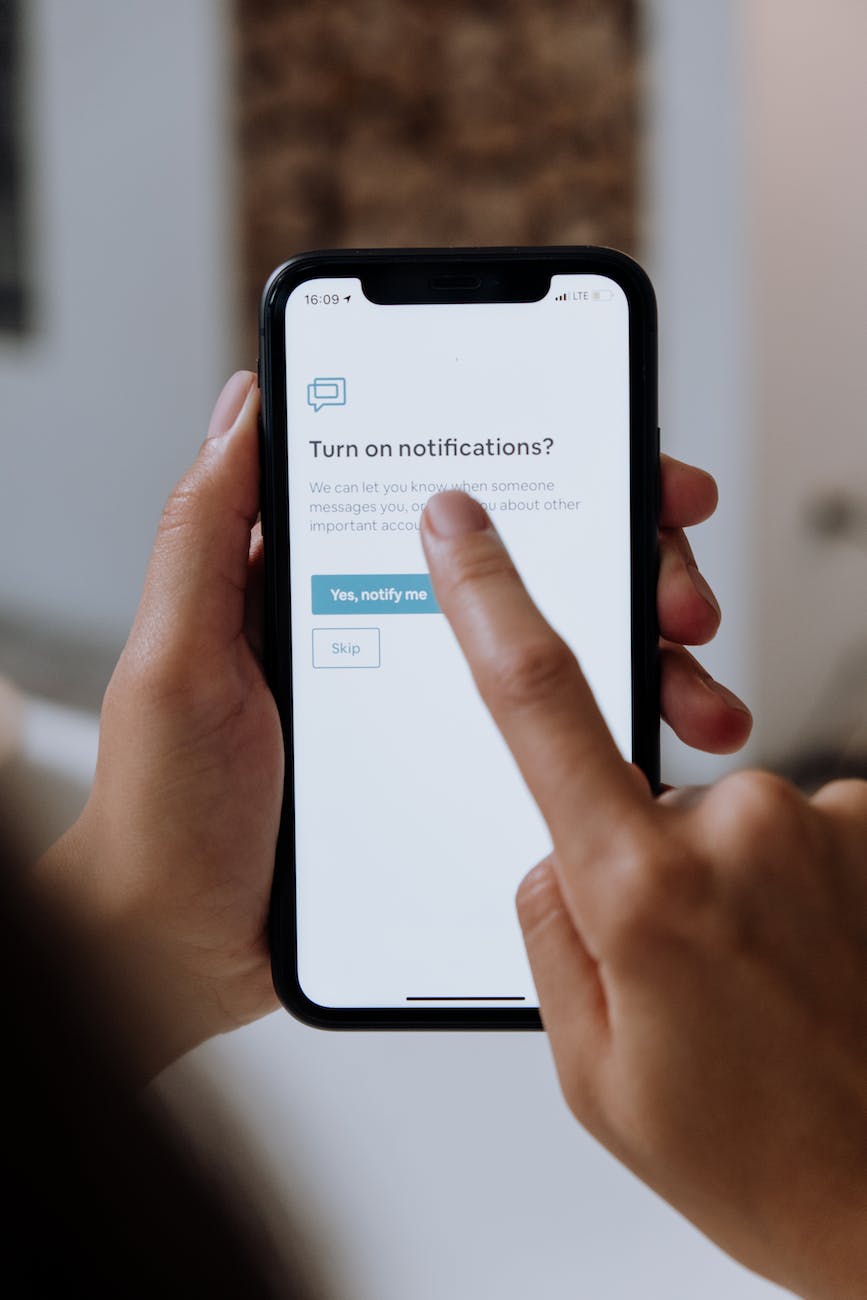
push notification
You should consider implementing a push notification service for your app or website for a number of reasons. Push notifications are generally more cost-effective and may give a greater ROI than other marketing channels like email or advertising. The use of a reliable push notification service like https://www.nashpush.com/ may be an effective method for attracting and retaining customers, which in turn can boost your business’s income. Nevertheless, users might get frustrated with push notifications if they are overused or spammed, so it’s crucial to utilize them carefully and respect user preferences.
Push notification setup instructions
Get your push notification service up and running by adhering to these guidelines:
- Choose a supplier that offers push notifications. Choose a push notification service that meets your demands by doing some research.
- Have your mobile app or website verified. Register your app or website with the push notification service provider of your choice and create an account. In the case of applications, this means supplying the app’s name and bundle ID, and in the case of websites, this means providing the domain.
- Adjust the platform-specific options. You’ll need to adjust several parameters based on the platforms you’re developing for (iOS, Android, web, etc.). This might include creating and uploading a platform-specific certificate or signing key for mobile applications, such as an Apple Push Notifications (APNs) certificate for iOS. In order to get push notifications on a website, it may be necessary to implement a little bit of JavaScript code.
- Integrate the SDK/API. The software development kits (SDKs) and application programming interfaces (APIs) provided by the push notification service provider will need to be integrated into your app or website. To interact with the push notification service, these SDKs or APIs offer the required methods and functions. Integrating the SDK or API properly requires following the provider’s documentation or instructions.
- Make sure users may choose to participate. Create a sign-up process for push notifications inside your app or website’s user experience. In most cases, this means showing the user a permission request window that describes the usefulness of push notifications and solicits their approval.
- Take care of tokens for users or devices. After permission is granted, a device-specific token (FCM token for Android, device token for iOS) may be obtained and sent to your server or push notification provider. Sending alerts to a specified set of devices requires this token.
- Create and send out notifications. Create and deliver push notifications through the service’s dashboard, API, or other administrative controls. You may tailor the message, style, and audience of your alerts to specific user groups, user preferences, or event triggers.
- Conduct experiments and make adjustments as needed. Make sure your push notification configuration works properly by testing it on a wide variety of devices and operating systems. Keep an eye on your push notifications’ success rate and user interaction data to fine-tune your message approach.
Keep in mind that compliance with regulations and a good user experience depends on following platform-specific standards and best practices. It’s important to remember that your push notification service provider and the platforms you’re aiming for may both affect the precise actions and information you’ll need to take. For further information, please refer to the documentation and guidance offered by your preferred service.





